20 Effective Ways to Alleviate Pain Without Medication
Pain is a universal experience, and while medications can offer relief, there are natural approaches that can help manage pain without the potential side effects of pharmaceuticals. I want to talk about effective ways to alleviate pain without medication.
I need to stress the importance of getting input from your healthcare professional before starting any new physical activity to relieve the pain you’re experiencing. Also, pain medication may be your best solution for pain relief based on your particular challenges after all you can do personally.
As we age, some physical pain seems to be more common than others. Those could include lower back pain, knee pain, and neck pain. The solutions will vary based on your pain signals and the physical attributes of the muscles and nerves affected. Try to tailor the tips here for use as they can benefit relief from some of the pain you’re having to deal with.
Note that some of the tips provided here require further study on your part since we don’t have the space or resources to go into depth in this post.
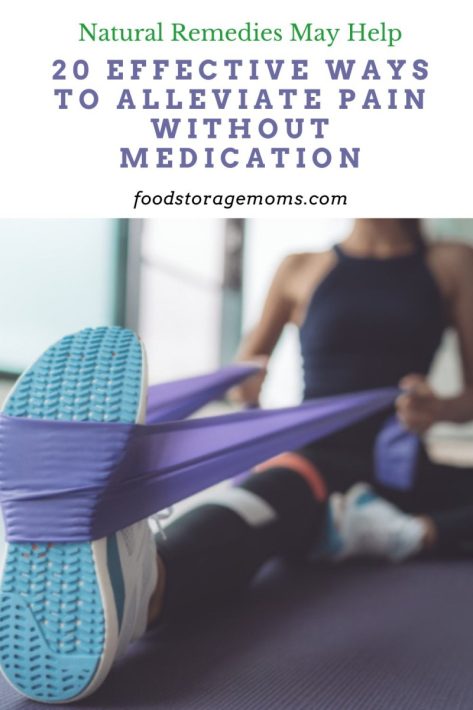
20 Effective Ways to Alleviate Pain Without Medication
1. Practice Mindfulness Meditation
Mindfulness meditation involves focusing on the present moment, which can help redirect your attention away from pain. Regular meditation has been shown to reduce the perception of pain and improve overall well-being. In some people, stress can manifest itself in pain felt in various parts of the body. Trying to reduce stressful situations and pressures from work, family finances, and home/work/life balance is vital.
2. Exercise and Movement
Engaging in regular physical activity releases endorphins, the body’s natural painkillers. Low-impact exercises such as walking, swimming, or yoga can be particularly effective in managing chronic pain conditions. Remember to do some stretching exercises each day to relieve stiffness and promote the prevention of injury.
Daily exercise has been shown to be a natural antidepressant for those who tend to have frequent “down” days.
3. Heat and Cold Therapy
Applying heat or cold to the affected area can help alleviate pain. A warm compress relaxes muscles and improves blood flow, while cold packs reduce inflammation. Experiment with both to see which works best for your specific pain. Heating Pads and Hot Water Bottles work wonders for me.
4. Essential Oils for Aromatherapy
Certain essential oils, such as lavender, peppermint, and eucalyptus, have analgesic properties and can be used for aromatherapy. Diffusing these oils or applying them topically may soothe headaches, muscle aches, and joint pain. They will not cure diseases. 9 Essential Oils You Will Want To Use Every Day
5. Acupuncture and Acupressure
Traditional Chinese medicine techniques like acupuncture and acupressure stimulate specific points in the body, promoting the flow of energy and relieving pain. Many individuals find these practices beneficial for managing chronic pain conditions.
6. Herbal Teas and Supplements
Herbal teas, such as ginger or turmeric tea, and certain supplements like fish oil or curcumin, possess anti-inflammatory properties that can help reduce pain and discomfort naturally. Peppermint Tea
Based on our daily diet and metabolism, each of us have different nutrition needs. It may be helpful to take some dietary supplements to boost our body’s intake of the necessary vitamins and minerals for overall health. For example, if you aren’t able to get out and enjoy the sunshine each day, you may be advised to take some vitamin D pills.
7. Stay Hydrated
Proper hydration is crucial for overall health and can also play a role in pain management. Water helps lubricate joints and maintain the elasticity of muscles, contributing to reduced pain in the long run.
8. Maintain a Healthy Diet
A balanced and nutrient-rich diet can have a significant impact on inflammation and pain. Include foods with anti-inflammatory properties, such as fatty fish, leafy greens, and berries, in your meals to support your body’s natural healing processes.
Extra weight can put pressure on your body and its ability to efficiently function. Chronic low back pain and pain in the knees and feet can result from excess weight. Try to gradually lose some weight through diet and exercise since crash diets tend to provide temporary weight loss.
9. Progressive Muscle Relaxation (PMR)
PMR involves tensing and then gradually releasing different muscle groups to promote relaxation. This technique can be particularly effective in reducing muscle tension and alleviating associated pain.
10. Cognitive Behavioral Therapy (CBT)
CBT is a psychological approach that helps individuals manage pain by changing their thought patterns and behaviors. This can be a valuable tool, especially for those dealing with chronic pain conditions.
11. Biofeedback
Biofeedback involves monitoring and controlling physiological functions like heart rate and muscle tension. Learning to control these functions can be empowering and lead to a reduction in pain perception.
12. Epsom Salt Baths
Epsom salt, rich in magnesium, can be added to a warm bath to help relax muscles and ease pain. This simple yet effective remedy is particularly useful for relieving soreness after physical activity. Epsom Salts. 15 Reasons Why I Store Epsom Salts
13. Tai Chi
This ancient Chinese practice combines gentle movements, deep breathing, and meditation. Regular practice of Tai Chi has been associated with reduced pain levels, improved flexibility, and enhanced overall well-being.
14. Hydrotherapy
Hydrotherapy involves the use of water for pain relief. Whether it’s a warm shower, cold compress, or routine swimming, water therapy can soothe muscles, reduce inflammation, and improve joint mobility.
15. Music Therapy
Listening to music can have a positive impact on pain perception. Choose calming and soothing tunes to help distract your mind from the discomfort and promote relaxation.
16. Quality Sleep
Adequate sleep is crucial for pain management and overall well-being. Establishing a regular sleep routine and creating a comfortable sleep environment can contribute to improved pain resilience.
17. Yoga for Flexibility and Strength
Yoga combines physical postures with breath control and meditation, providing a holistic approach to pain relief. Regular practice enhances flexibility, strength, and mindfulness. I need to put a disclaimer here, IF I were to buy a Yoga mat it would be purple. But, if I tried to do Yoga now, I couldn’t get off the floor. LOL!
18. Topical Analgesics
Natural topical creams or balms containing ingredients like arnica, menthol, or capsaicin can be applied to the affected area for localized pain relief. Top 10 Healing Plants to Grow
19. Laugh Therapy
Laughter triggers the release of endorphins, the body’s natural feel-good chemicals. Whether through comedy shows, jokes, or spending time with loved ones, incorporating laughter as part of your relaxation techniques into your life can help alleviate pain.
20. Seek Professional Guidance
When exploring natural pain relief methods, consulting with healthcare professionals, such as naturopaths, physical therapists, or chiropractors, can provide personalized advice and guidance tailored to your specific needs.
There are professionals at pain clinics who specialize in helping you with pain management. They may direct therapies like spinal cord stimulation with a low-voltage device, injections with steroids, the use of nerve block pain medications, a local anesthetic, and other approaches with electrical currents. Yes, these applications rely on pain medications, but it may ultimately take these medically proven approaches to resolve your pain issues.
Final Word
Managing pain naturally involves a multifaceted approach that addresses physical, mental, and emotional well-being. It may take more involved techniques to help you, like physical therapy or a routine massage to relieve your particular pain. Remember to listen to your body, be patient with the process, and look for changes in your body structure like swelling and inflammation. Be willing to seek professional advice when needed. May God Bless this World, Linda
Copyright Images: Woman with Yoga Mat AdobeStock_121109011 By SianStock, Resistance Band for Exercise AdobeStock_375043319 By Maridav

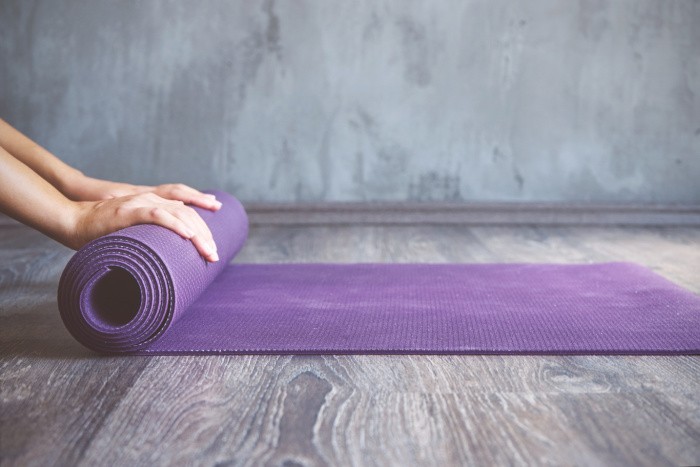




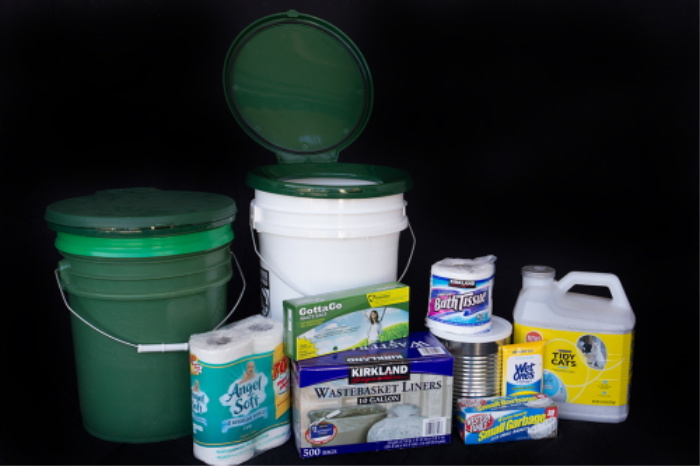
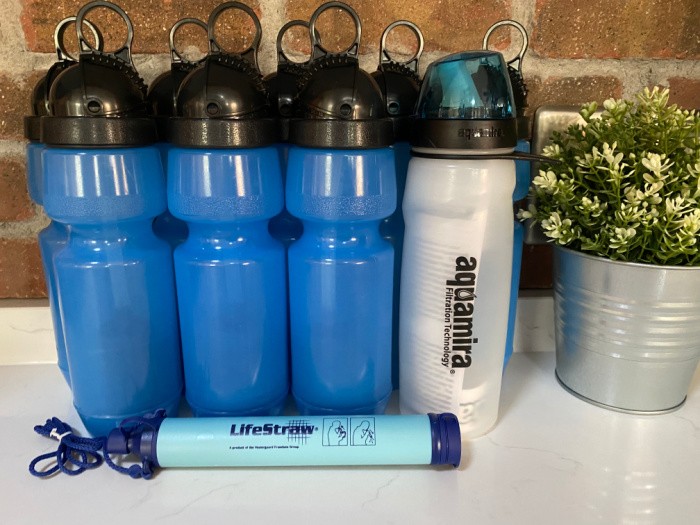
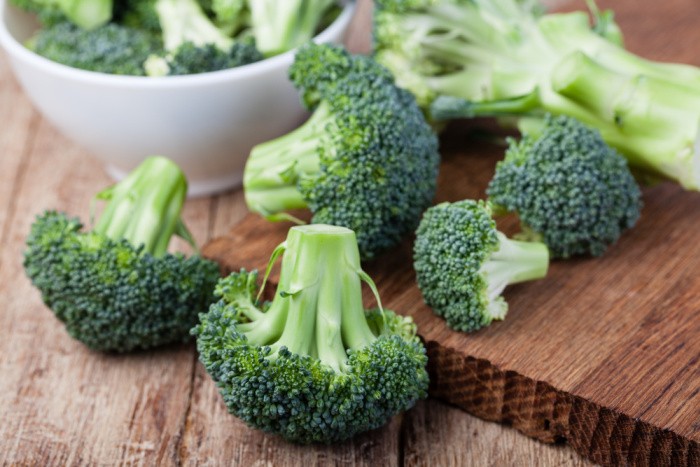
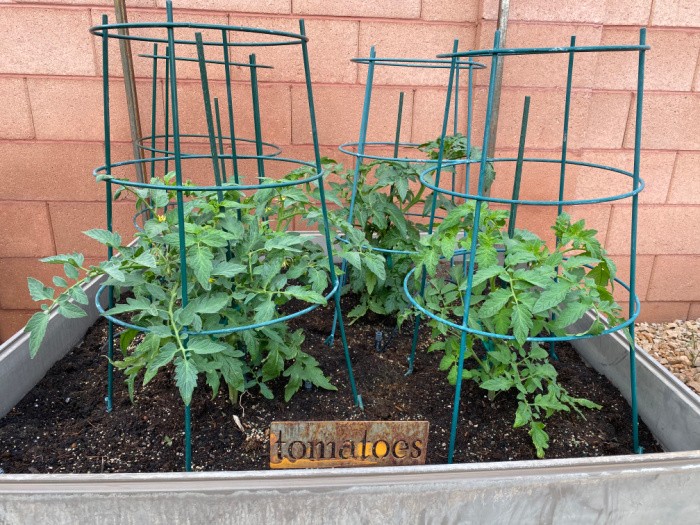
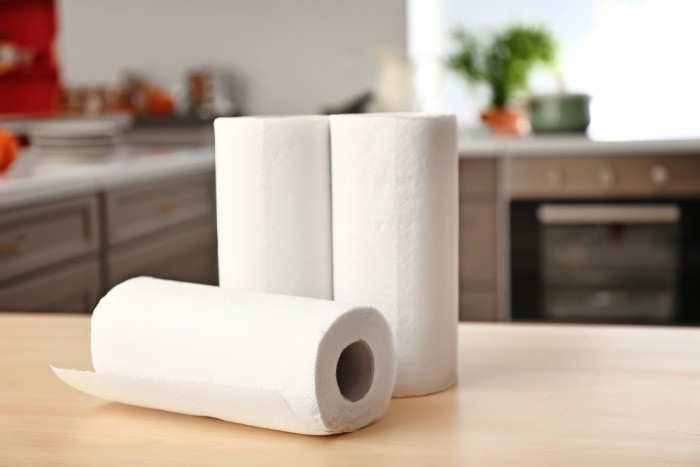












Good Morning, When are you going to print “What to Stock up for in March”? did I miss it? I like all the info. you give. Have a Good Day!
HI Cheryl, it goes out tomorrow! Thank you for asking. You’re the best! Linda
Great advice Linda. Jane and I both use heating pads as needed. For me recently this has meant applying one to my left shoulder while I sleep–set on low, but otherwise the pain keeps me from sleeping. (I fell on it 9 days ago and while useful movement is slowly coming back to the arm it’s still bothersome–and I have a famously high tolerance for pain).
Hi Ray, oh I’m sorry you fell, shoulder pain or any pain is not fun! I’m glad you have a good heating pad. Linda